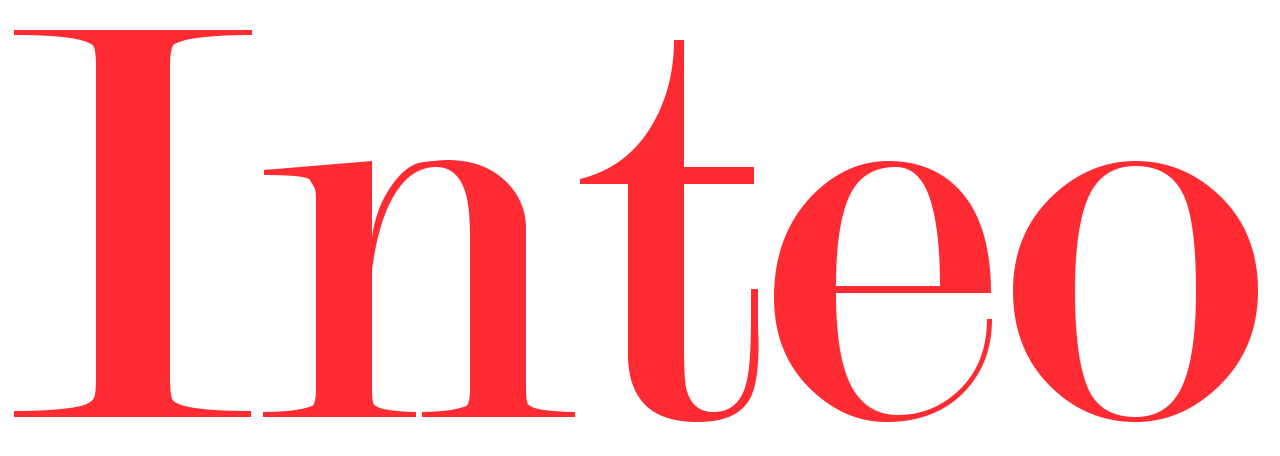Life Sciences update: CJEU reference on Article 3(a) of the SPC Regulation
Lord Justice Arnold's persistence in SPC (supplementary protection certificates for medicinal products) matters will be sorely missed in a post-Brexit world. On 13 January 2017, the UK High Court of Justice issued a reference for a preliminary ruling to the EU Court of Justice on the interpretation of Article 3(a) of the SPC Regulation.
In Teva/Gilead ([2017] EWHC 13 (Pat)), the English court was asked essentially whether a patent claim for "a pharmaceutical composition comprising active ingredient X (...) and optionally other therapeutic ingredients" is sufficient to obtain an SPC for a product comprising a combination of X and Y.
Teva argued that it was not, because the Court of Justice's judgment in Medeva explains that, to meet the requirement in Article 3(a) that the product covered by the SPC is "protected by a basic patent in force", the product must be specified in the wording of the claims. Teva said that the law is clear and that no reference to the CJEU was required.
Arnold J did not agree. Noting that EU national courts have continued to interpret Article 3(a) of the SPC Regulation in different ways in spite of several judgments of the CJEU on the subject, the UK High Court decided to ask the first question in Sanofi/Actavis (C-443/12) again:
What are the criteria for deciding whether 'the product is protected by a basic patent in force' in Article 3(a) of the SPC Regulation?
Arnold J offers his own suggested answer "In the hope that it will assist the Court of Justice to provide a clear answer this time". He suggests that the product must infringe the basic patent because it contains an active ingredient or combination of active ingredients that "embodies the inventive advance (or technical contribution) of the basic patent".
For combination products, the combination of active ingredients, as distinct from one of them, would have to embody the inventive advance. The test proposed by Arnold J would, if considered and accepted by the CJEU, turn the focus from the wording of the claims of the basic patent to their substance.
